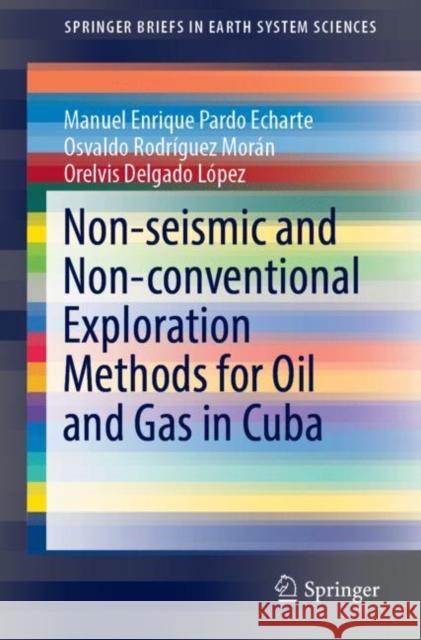Non-Seismic and Non-Conventional Exploration Methods for Oil and Gas in Cuba » książka
topmenu
Non-Seismic and Non-Conventional Exploration Methods for Oil and Gas in Cuba
ISBN-13: 9783030158231 / Angielski / Miękka / 2019 / 104 str.
Kategorie:
Kategorie BISAC:
Wydawca:
Springer
Seria wydawnicza:
Język:
Angielski
ISBN-13:
9783030158231
Rok wydania:
2019
Wydanie:
2019
Ilość stron:
104
Waga:
0.19 kg
Wymiary:
23.39 x 15.6 x 0.71
Oprawa:
Miękka
Wolumenów:
01
Dodatkowe informacje:
Wydanie ilustrowane











